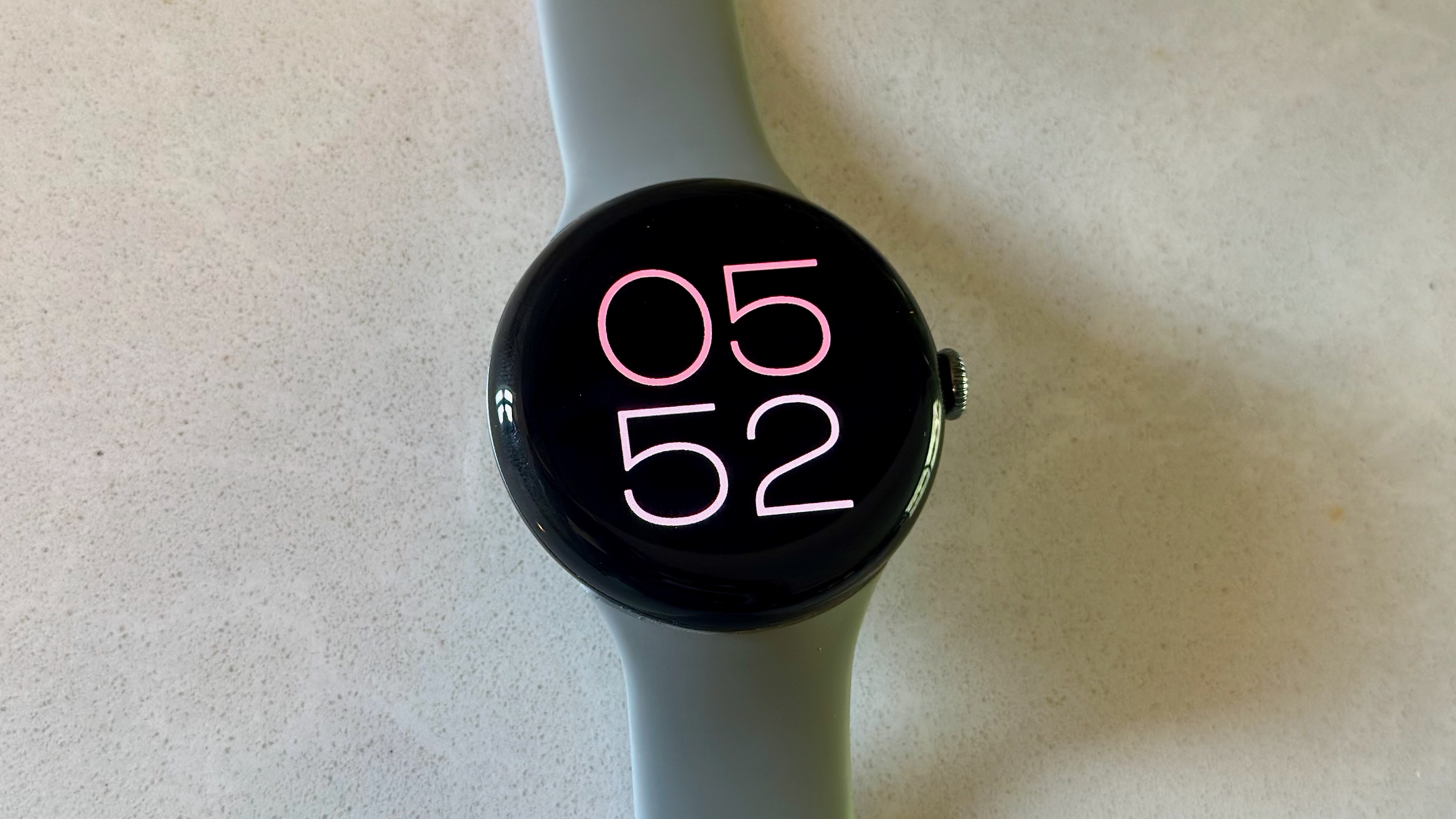Quick comparison: Droid Turbo 2 versus original Droid Turbo
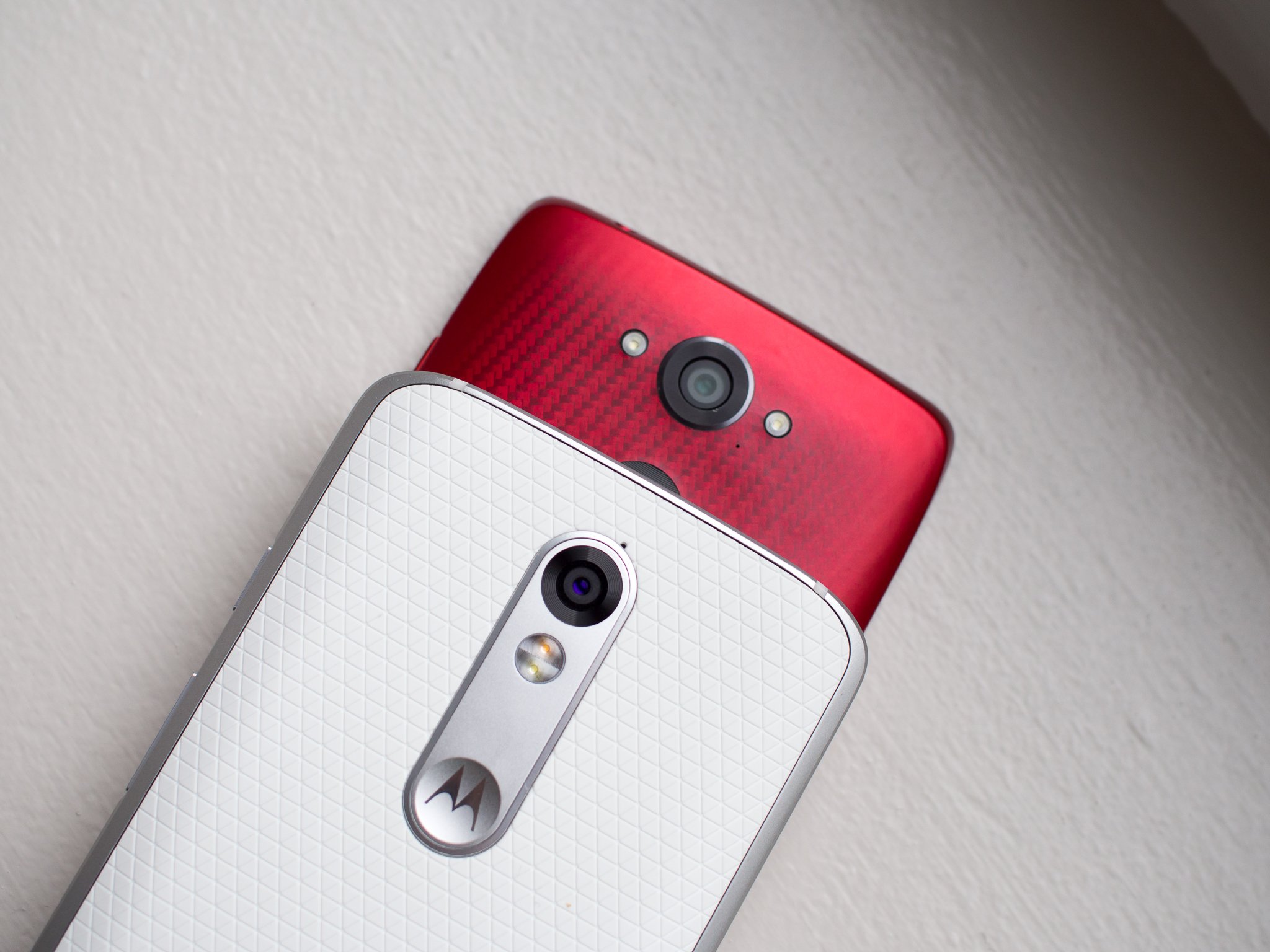
Droids are an odd line of phones, as they don't progress in design or features from one year to the next as much as they are each independent devices based on another phone model from that year. The original Droid Turbo was an odd take on the Moto X 2014, and now the Droid Turbo 2 is loosely based on the Moto X Pure Edition — but when you set these two Droids next to one another it's hard to draw many parallels. We're going to break down all of the differences.
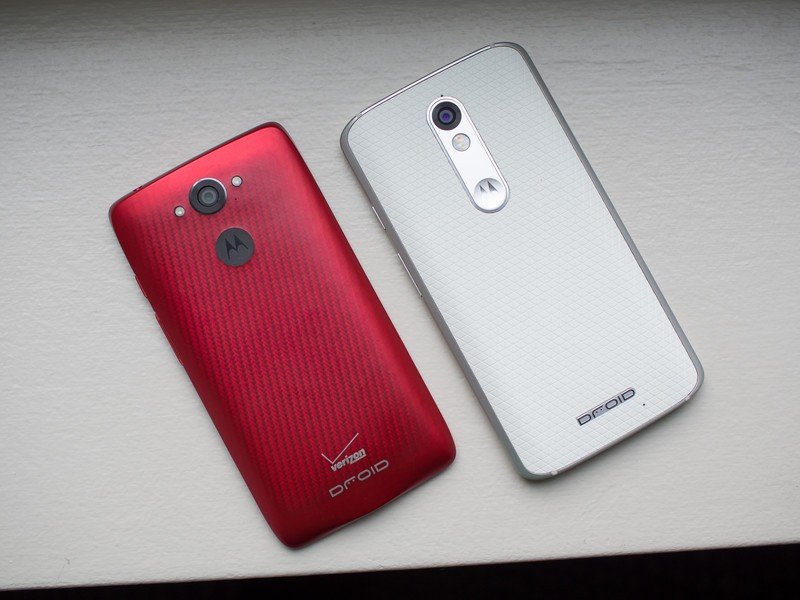
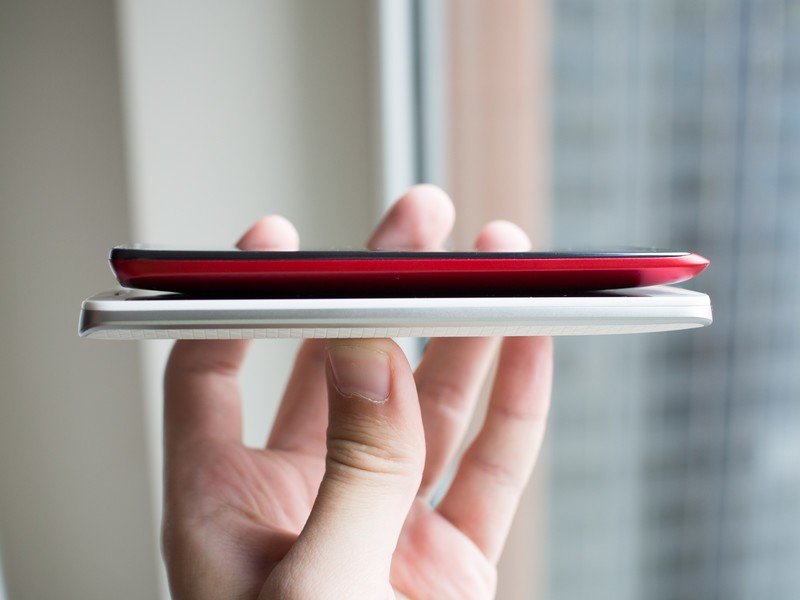
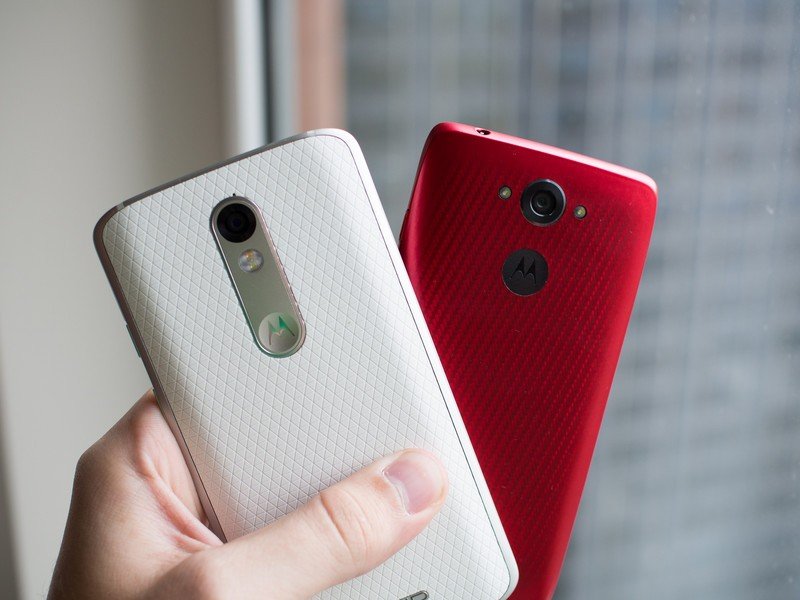
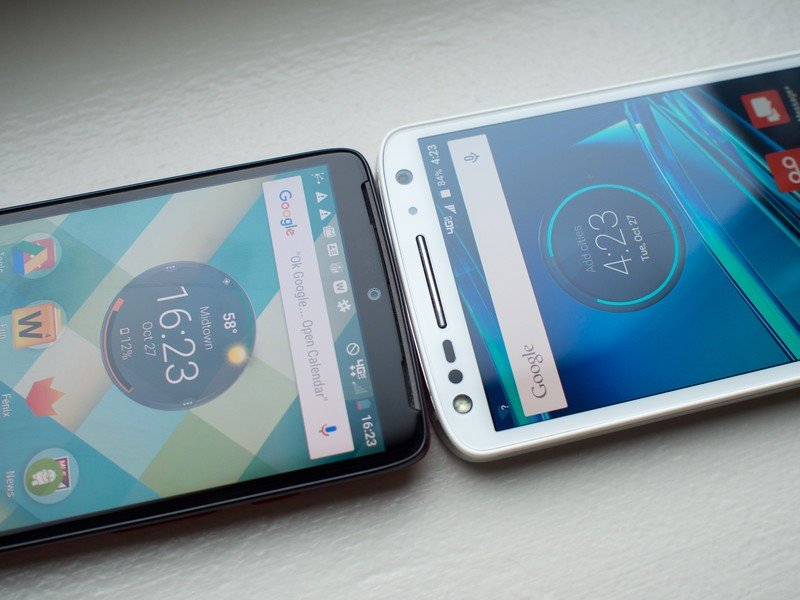
Externally, there's quite a bit to say here. The Droid Turbo 2 has a larger screen and a bigger body to go with it, and also has a different take on design — a metal frame with a variety of back choices available through Moto Maker, taking place of the tough kevlar and ballistic nylon options on the prior model. The new Droid no longer has capacitive navigation keys but instead is busy in the front from a variety of sensors, speakers and a Verizon logo —and on the back the camera housing is completely changed as well.
The outside is an entirely new take, but the internals haven't received such a big bump.
On the inside, things haven't changed as much. We're getting a bump in processor power with a new Snapdragon 810, as well as a new camera setup with some improved numbers — but the RAM, storage and display resolution stay constant, and the battery even dropped in size from 3900 to 3760 mAh. The real differentiator here is the durability of the display on the Droid Turbo 2, which is now completely shatterproof — Motorola guarantees it — and ready to take as much punishment as you can dish out.
Then there are a few odds and ends — the Droid Turbo 2 adds an SD card slot, Powermat wireless charging, and a notably improved front-facing camera with its own flash.
In terms of the full spec sheet, how much have things progressed in a year? Check out the straight numbers-to-numbers comparison:
| Feature | Droid Turbo 2 | Droid Turbo |
|---|---|---|
| Operating system | Android 5.1.1 Lollipop | Android 5.1 Lollipop |
| Processor | Qualcomm Snapdragon 810 Adreno 430 GPU | Qualcomm Snapdragon 805 Adreno 420 GPU |
| Display | 5.4-inch P-OLED at 2560x1440 (QHD) resolution, 540 ppi Shatterproof display | 5.2-inch AMOLED at 2560x1440 (QHD) resolution, 565 ppi Corning Gorilla Glass 3 |
| Battery | 3760 mAh (non-removable) Qi and Powermat wireless charging Turbo Charging | 3900 mAh (non-removable) Qi wireless charging Turbo Charging |
| Rear camera | 21MP, f/2.0 aperture, phase-detect autofocus, dual-LED flash 4K video @ 30fps | 21MP, autofocus, dual-LED flash 4K video @ 24fps, 1080p video @ 30fps |
| Front camera | 5MP, f/2.0 aperture, wide-angle lens, 1.4um pixel size | 2MP, 1080p video |
| Storage | 32 or 64GB, microSD expandable | 32 or 64GB (non-expandable) |
| RAM | 3GB | 3GB |
| Dimensions | 149.8 x 78 x 7.6 - 9.2 mm | 143.5 x 73.3 x 8.3 - 11.2 mm |
| Weight | 169 g | 169 g |
| SIM | Nano SIM | Nano SIM |
| Wifi | 802.11ac Wifi with MIMO | 802.11ac Wifi |
| Bluetooth | v4.1, LE | v4.0, A2DP, LE |
| Other | NFC, infrared sensors | NFC, infrared sensors |
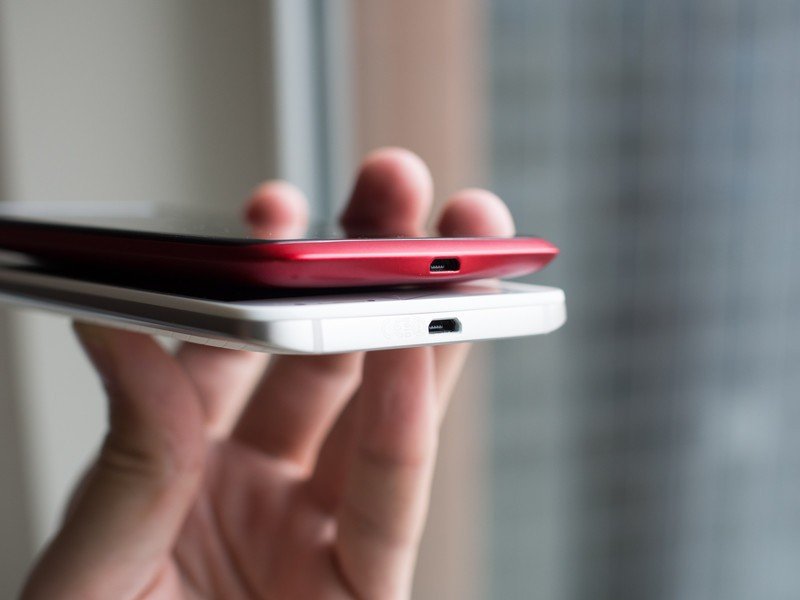
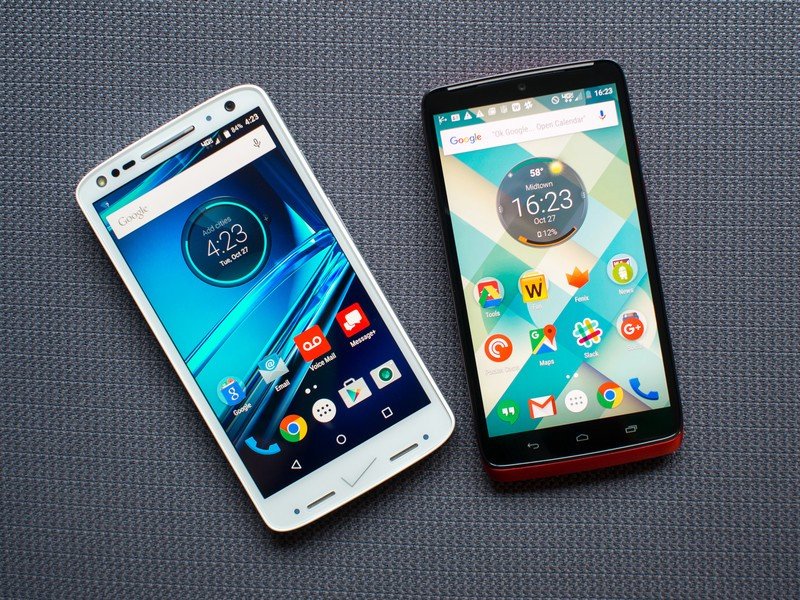
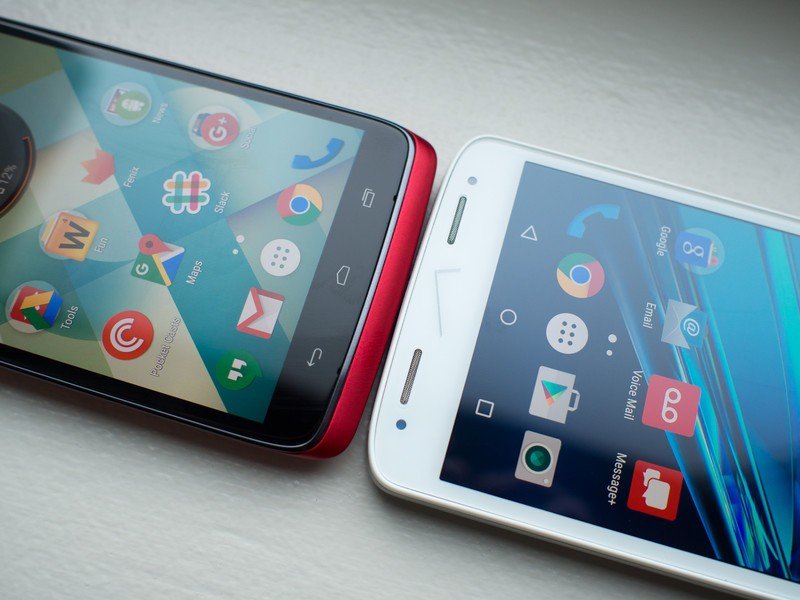
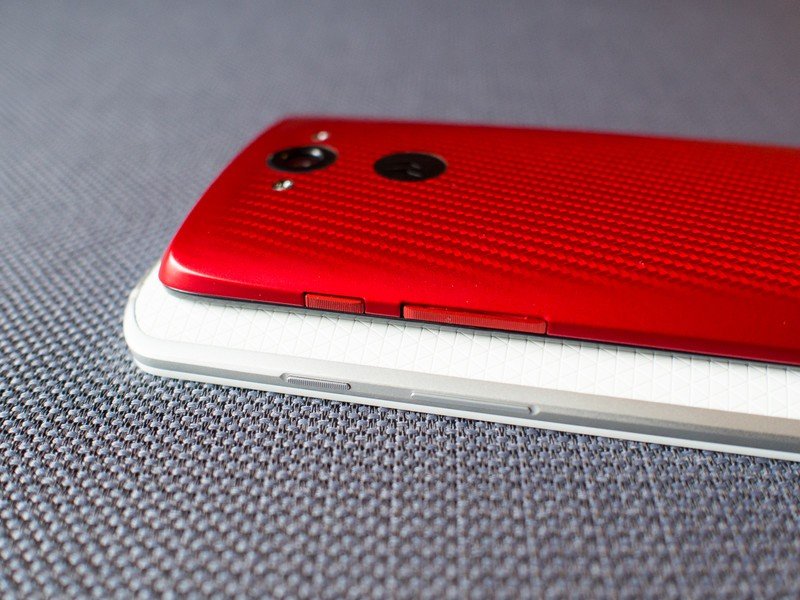
Once you hit the software you won't find much in the way of changes, and that's because the original Droid Turbo has been updated to Android 5.1, and the Turbo 2 is running 5.1.1 — both with gentle customizations from Motorola and Verizon. Ambient Display is alive and well, as are Motorola's slight tweaks to priority notifications, and you'll find the various gestures to work the same on both phones. You'll find the same Moto Camera app and the host of other apps, which are just updated in Google Play for all Motorola phones anyway.
This is definitely a new approach to the Droid Turbo, and one that bares little resemblance externally to the original. As you can see the internal bumps aren't nearly as significant, though — remember we're only talking about a year of differences here.
Get the latest news from Android Central, your trusted companion in the world of Android

Andrew was an Executive Editor, U.S. at Android Central between 2012 and 2020.
